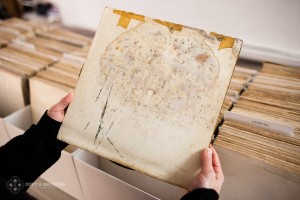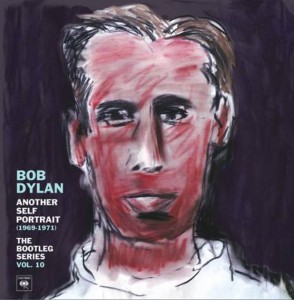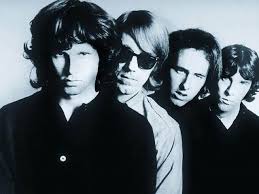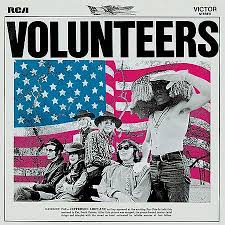
I guess the news of ex-Jefferson Airplane/Hot Tuna drummer and percussionist Joey Covington’s passing earlier this week sort of pushed the thoughts I have always had about the Airplane into this virtual-osity.
I think of all the San Francisco bands–especially those who bore the “psychedelic” moniker–the Airplane were the truest to the spirit of rock ‘n’ roll.
True, The Dead were a great band,but they were a jam band. Big Brother was a great band, but they were a blues band. Quicksilver and Country Joe and the Fish were great bands, but they were indeed psychedelic,though the Fish gravitated more towards jug band music, and Quicksilver the blues.
However, though the Airplane could indeed be classified as a psychedelic band, they embraced what I think is the essence of real rock ‘n’ roll, and that is attitude.
It was the Airplane, who with White Rabbit encouraged us to “feed our head” as part of what I consider a favorite all time album of mine, Surrealistic Pillow.
That disc followed Takes Off, which featured the band’s first drummer, Skip Spence, who then fled to Moby Grape (another great, albeit tragic band), and female lead singer, Signe Anderson. One the heels of Pillow came After Bathing at Baxter’s and then the wonderful Crown of Creation, but it was album #5, Volunteers, that really sealed the deal of the Airplane owning the the title of best band of their generation. That is because very few albums until then were as in your face as was Volunteers.
Aside from the faux salutes and homage/parodies to Old Glory all over the liner notes and inserts, the opening track , We Can Be Together, announced that as “outlaws in the eyes of America,” we would “cheat lie forge fuck hide and deal.” Equally menacing, the song then screams “Up against the wall, Up against the wall, motherfucker.”
The Farm implies the pastoral life romanticized by Flower Power is the way to go, and the beautiful pairing of the post-apocalyptic Wooden Ships (co-penned by David Crosby, Stephen Stills, and Paul Kanter) and Kantner’s adaptation of the lovely Good Shepherd, with the haunting guitar of Jorma Kaukonen might be demure compared to the fuck you of Together, but they never-the-less indicate there is a different path out there and we are on it, like it or not.
There is also the symmetry of the title track and closing cut, that screams “Look what’s happening out in the streets, got a revolution, got to revolution,” riffing off the Goodwill-like spiritual renewal organization Volunteers of America, shouting out just that: We are volunteers of America.
And, though spiritual renewal may indeed be what author Kantner was pointing to, it was certainly not a Salvation Army style one.
There are other parts of the album, like the half sides of a peanut butter and jelly sandwich–something so American–on either sides of the inside of the album, so that when closed, there was indeed a complete sandwich, albeit in just two dimensions.
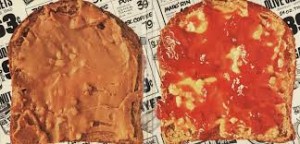
Finally, there is the newsletter from the Paz Chin In, a Woodstock take off, that in the text gives us the lyrics (it was still the 60’s, so fuck is replaced by the word “fred”) plus cartoons, baseball stats (with a great subtle homage to local hero and SF Giant, Willie Mays), a goofy crossword puzzle with no questions but cryptic squares, and a funny reminder that says, “Neil Armstrong, first man on the moon.” However, the first is crossed out, and replaced with the word “last,’ and at the time it was true, that Armstrong was first and last.
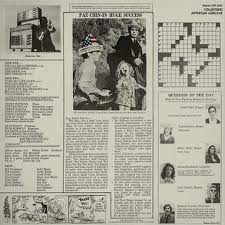
We are also reminded in the notes to “feed and water our flag,” among other suggestions
In my mind, there is no other statement by any band in the counter culture that ever embraced art and music and sentiments in such a fashion. Within Volunteers, Jefferson Airplane pushed the agenda of “we are forces of chaos and anarchy,” sneering at the status quo while also supplying a deadly combination of cuts in here-to-fore uncharted territory. In fact, nothing else was even close.
Of course the band did rankle in other ways. Like Grace Slick trying to get into the White House to then first daughter Tricia Nixon’s tea for Finch College graduates. Slick, as alumnae, was invited, and did try to attend. However, the singer was not allowed entrance. According to Slick, she and her date, Yippie Abbie Hoffman, were pulled out of the entrance line and denied because they were on the FBI watch list at the time.
Per Slick, all the Airplane were on the list for “suspect lyrics.” Also per Slick, she did try to sneak LSD in to slip Nixon the father–hardly beloved by the left at the time–a mickey (presumably in his cottage cheese and ketchup).
Jefferson Airplane did release a few more discs after Volunteers–Bark and Long John Silver–but they never had the bite of Volunteers. The band did release a terrific live disc, Bless it’s Pointed Little Head that captures everything that is Airplane, and features a brilliant cover of Fred Neil’s The Other Side of this Life, which opens with a Jack Cassady bass-line, that is then joined by some deadly interplay by Kaukonen, then Dryden, and the best of the band systematically joining in.
If the Airplane peaked with Volunteers, they then slowly landed, re-emerging as Jefferson Starship, which was a Kantner/Slick/Balin endeavor to start, but quickly the principles abandoned ship, and the group morphed into the Starship, which really had nothing to do with anything Jefferson at all.
However, Kaukonen, Cassady, and the late Covington did form their own spin-off, Hot Tuna who did stay true to the folk-blues roots that signaled a lot of the original band’s sound in the first place.
Certainly, the Airplane, and especially the then exotic and brainy Slick, with the powerful voice, generated a lot of buzz when they entered the eye of the public at large, but to me at the time it all seemed in the context of the media trying to be or act hip. And, though Slick was indeed a great character, the real story was what a killer band the Airplane really was.
More to the point, they were a great band that embraced the “fuck all of you in the mainstream” principles that are the essence of rock ‘n’ roll.


